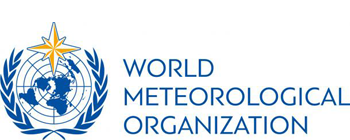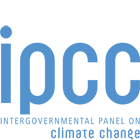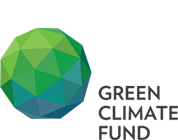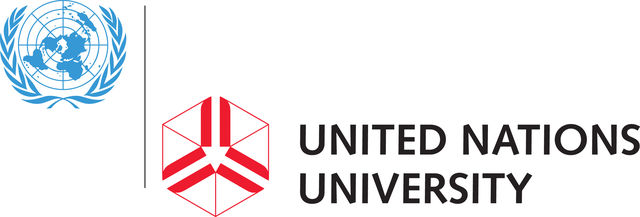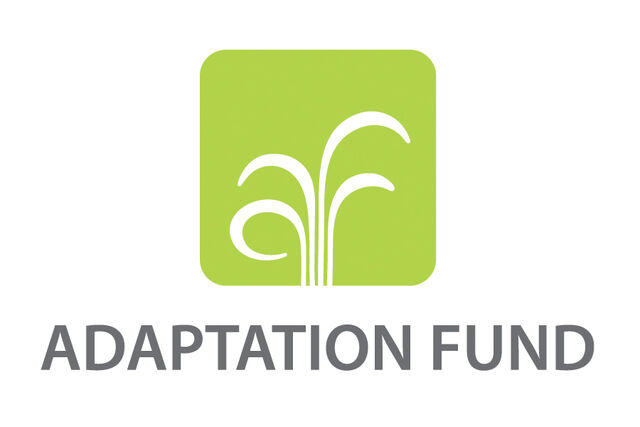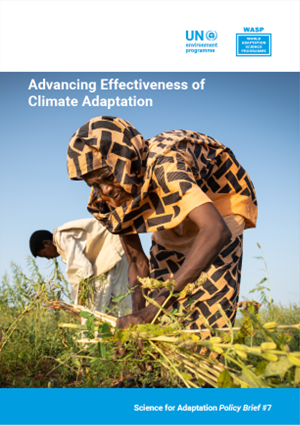The Science for Adaptation Policy Brief Series targets researchers, policymakers, and practitioners to help them bridge the science-policy-action interface.
This WASP brief looks at the Advancing Effectiveness for Climate Adaptation.
Key messages
- Evaluating the effectiveness of adaptation policies and actions is key to understanding whether they have reduced climate risks and achieved other intended outcomes. The goals are to ensure that adaptation is adequate to address climate risks, do not foster negative unintended consequences over space and time, and inform adaptation financing.
- Adaptation effectiveness is vital to inform both national and local-level adaptation actions as well as progress towards the Global Goal on Adaptation and the UNFCCC global stocktake (GST).
- However, despite the urgency to implement effective adaptation at scale, understanding adaptation effectiveness is still evolving and the development of ways to measure it is ongoing. The diverse contexts and adaptation interventions make it challenging to understand and operationalize adaptation Specifically, measuring change requires a definition of the baseline conditions and measurement of change against that baseline. Attributing outcomes to investments is also challenging.
- Determining the effectiveness of adaptation policy and action needs to take account of the dynamic nature of adaptation. Regular reevaluation of adaptation policies and actions over time can help to enhance adaptation effectiveness overall.
- Adaptation interventions need to be assessed for their potential effectiveness (ex-ante) and measure actual effectiveness (ex-post) using a set of metrics identified based on specific Monitoring and evaluation during implementation helps to ensure climate risk reduction.
- Useful metrics for effectiveness in adaptation policy and action include quantitative and qualitative measures for risk and vulnerability Qualitative indicators include composite measures of ambition, feasibility, and equity/justice.


